Unexpected Formations Found in the Most Recently Observed Planetary Disks, Unveiled by Astronomers
New research suggests that planet formation may not take as long as previously believed. Recent observations made with the Atacama Large Millimetre/submillimetre Array (ALMA) indicate that the process of planet formation around young stars could begin much earlier than scientists initially thought. The findings were presented at the American Astronomical Society’s 243rd Meeting by Cheng-Han Hsieh, a Ph.D. candidate at Yale University. Hsieh highlighted the discovery of numerous rings and gaps in the protoplanetary disks captured by ALMA’s early observations, which are believed to be potential sites for planet formation.
These images have garnered attention in the scientific community over the past few years.
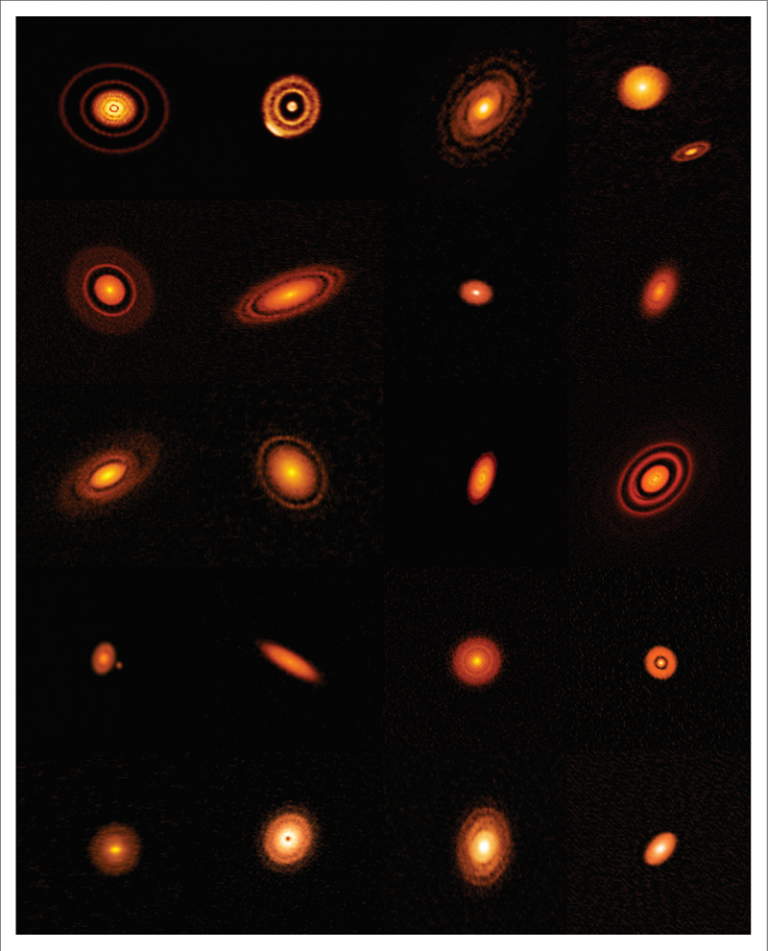
However, the recent images captured by ALMA belong to a different category. Unlike the earlier images, which depicted Class 2 disks, these new images are part of the CAMPOS survey. The survey focuses on molecular clouds in the Corona Australis, Aquila, ChaMaeleon, Ophiuchus North, Ophiuchus, and Serpens regions.
The CAMPOS images reveal Class 0 and Class 1 disks, which indicate a younger age. The classification of these disks is based on the age of the stars that host them. Interestingly, at such young ages, these stars are not even referred to as stars; they are known as young stellar objects (YSOs).
A Class 2 YSO is a protostar that possesses a visible photosphere. However, the new images showcase YSOs and disks that fall under Class 0 and Class 1. During these early stages, the YSOs are still in the process of collapsing and forming.
It is worth noting that a YSO remains a Class 0 object for approximately 10,000 years, and a Class 1 object for a few hundred thousand years. Therefore, the discovery of rings and gaps in the disks surrounding these extremely young stellar objects is a remarkable and unexpected development.
If planets are indeed forming at such an early stage in the life of a solar system, it challenges our current understanding of planetary formation as a whole.
There are two prevailing theories regarding the formation of planets: core accretion and gravitational instability.
In the core accretion theory, a rocky core is formed through the collision of planetesimals. Once the core reaches a sufficient mass, it begins to attract a gaseous envelope. This process is believed to be responsible for the formation of large gas giants like Jupiter.
On the other hand, gravitational instability suggests that a protoplanetary disk becomes massive enough to become unstable. As a result, clumps and fragments form due to gravitational forces, eventually leading to the formation of planets.
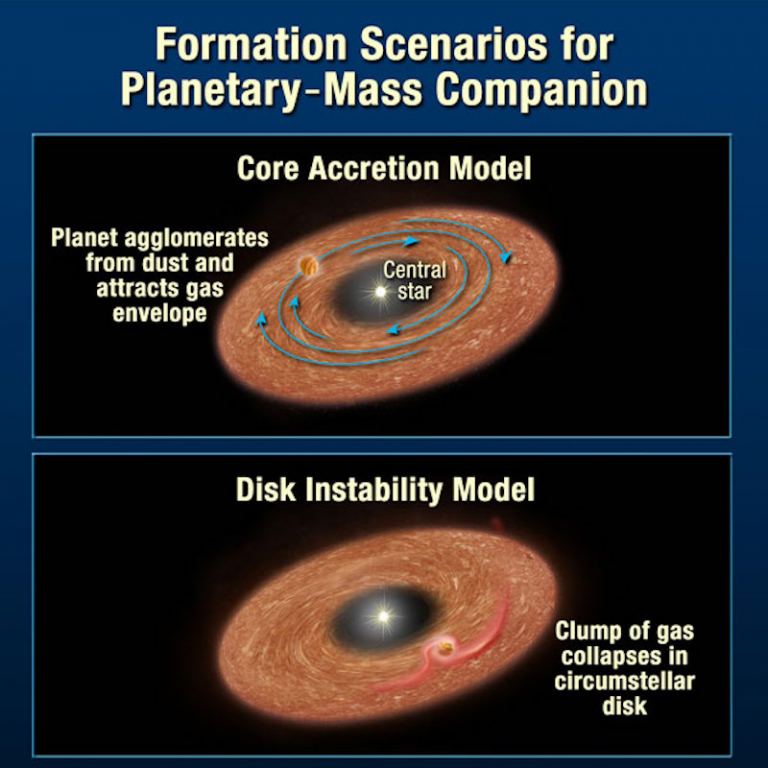
Cheng-Han Hsieh stated that forming giant planets within a million years from the core accretion model is a challenging task. During the AAS Press Conference, where Hsieh presented his research, he was questioned about whether the captured images depict the initial stages of planet formation. The possibility of the process commencing even earlier, but remaining invisible, was raised.
Hsieh clarified that their survey is constrained by angular resolution, which stands at approximately 15 AU. Consequently, they can only identify substructures like rings and gaps that are larger than 8 AU. To provide some context, the distance between the Sun and Saturn is 9 AU. Therefore, if there exists a gap or ring surpassing this distance, it falls within their detectable range.
Hsieh further mentioned that no substructures have been observed in the earliest systems, potentially due to their smaller size during the initial stages.
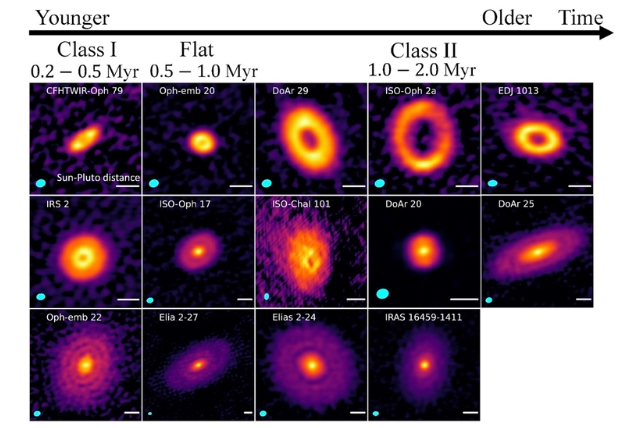
Ethan Siegel, the author of “Starts With A Bang,” posed another significant question to Hsieh. Siegel expressed his admiration for the emergence of structure in the early disks and inquired about the evidence supporting the notion that these structures are indicative of planet formation, rather than temporary features that will fade away during the evolution of the planetary system, as some simulations suggest.
Hsieh responded by explaining that simulations demonstrate that if there are planets the size of Earth or Neptune within the protoplanetary disk, they will gradually accumulate gas from the surrounding environment, resulting in the formation of gaps and rings over time.
However, Hsieh also pointed out that various instabilities, such as fluctuations in density or temperature, can also give rise to substructures. Therefore, it is challenging to determine through observations alone whether these substructures are definitively caused by planets or if they originate from instabilities.
Hsieh emphasized that this remains a subject of extensive research and that it is crucial to detect and study the gaps and rings, regardless of whether they are associated with planets or some form of instability.
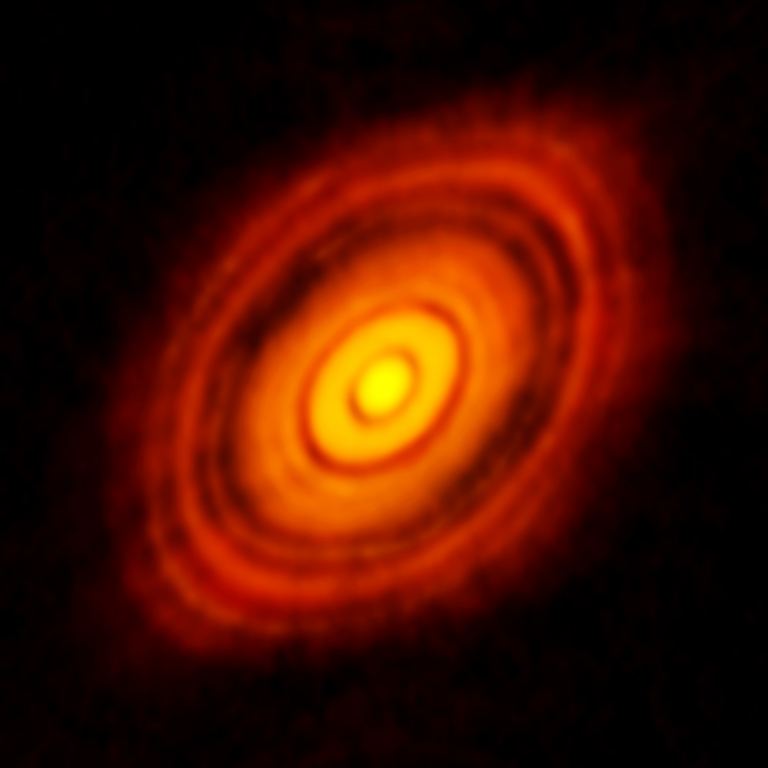
Hsieh provided an explanation emphasizing the significance of determining the formation of substructures. This is crucial because it provides a timeframe for planet formation, even if the presence of an actual planet is uncertain. The formation of planets and substructures is dependent on the settling down of the disk and the reduction of turbulence. Therefore, the presence of these substructures indicates that the protoplanetary disk has reached a state of calmness, allowing for the formation of structures and potentially planets.
If these substructures are indeed planets, the images demonstrate that they can begin forming approximately 300,000 years after the young stellar object hosting the disk comes into existence. However, only future observations can definitively confirm whether these substructures are indeed planets.
A paper containing these images and findings is currently being prepared for publication.
Do not forget to share your opinion with us to provide you with the best posts !



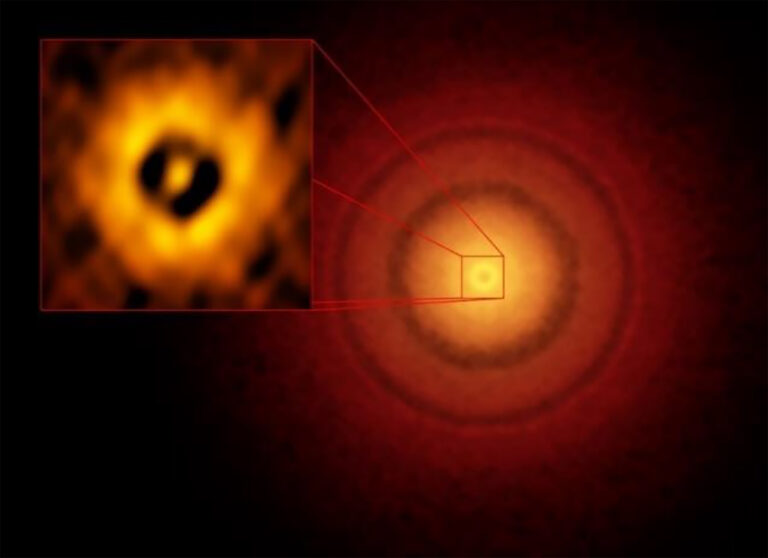

0 Comments